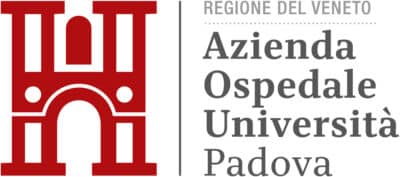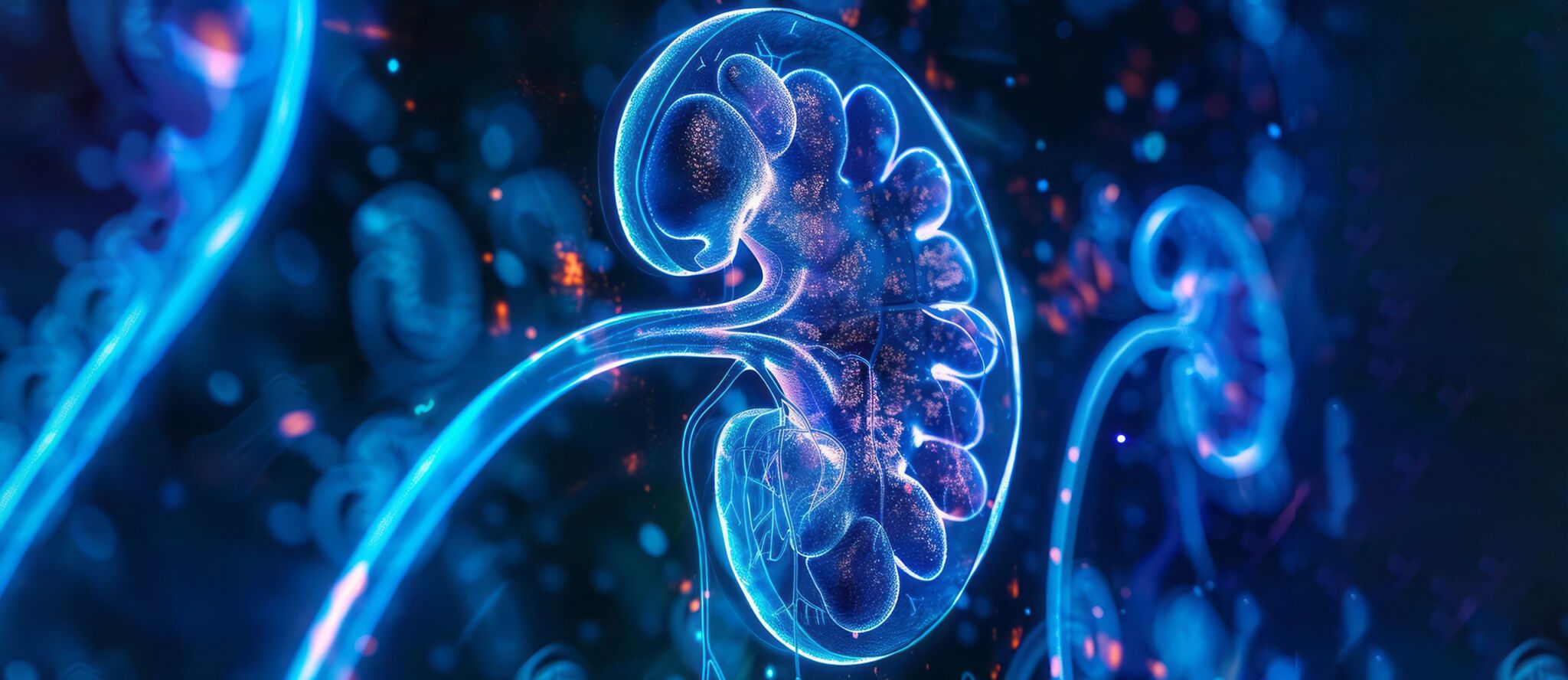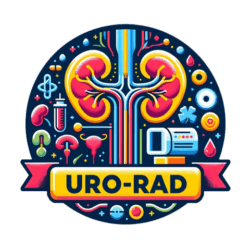

The Second-Level Short Specialisation Degree in Diagnostic Imaging and Interventional Radiology in Urology prepares physicians from various medical specialties to become experts in the interpretation of diagnostic imaging for accurate diagnosis and treatment in the field of urology. The program aims to provide comprehensive training in the pre- and post-operative assessment of urological patients through the appropriate use of imaging techniques, the management of advanced imaging tools and technologies, and minimally invasive interventional radiology treatments.
Furthermore, the Master also focuses on the overall management of patients by ensuring appropriate imaging-based decision-making.
The main goal of the Master is to train professionals capable of acquiring and integrating knowledge and skills across different imaging techniques used in urology, andrology, urogynecology, and pediatric urology.
The Second-Level Short Specialisation Degreein Diagnostic Imaging and Interventional Radiology in Urology is an interdisciplinary training program that provides participants with the knowledge and skills necessary to critically interpret first-level imaging and integrate it with second-level imaging techniques.
The curriculum focuses on the diagnosis of uro-genital pathologies in both male and female patients, including prostate, bladder, and kidney cancers, urological malformations, and urinary tract infections.
Participants will also acquire the theoretical and practical knowledge required to perform interventional radiology procedures relevant to the urological field and will be actively involved in ultrasound procedures and prostate biopsies.
The Second-Level Short Specialisation Degree in Diagnostic Imaging and Interventional Radiology in Urology is addressed to urologists, radiologists, interventional radiologists, nuclear medicine physicians, nephrologists, pediatricians, and gynecologists seeking advanced expertise in imaging diagnostics and interventional radiology applied to urology, with the aim of enhancing daily clinical practice and interdisciplinary collaboration.
The Master provides advanced and specialized training that enables graduates to work in both public and private healthcare facilities. There are also extensive research opportunities, particularly in early diagnosis of urologic tumors and in imaging-based strategies for postoperative follow-up.
The Second-Level Short Specialisation Degree in Diagnostic Imaging and Interventional Radiology in Urology includes in-depth training on the following topics:
-
Fusion Prostate Biopsy: Technique for performing transperineal fusion biopsies of the prostate.
-
Focal Therapy of the Prostate
-
Intraoperative Renal Ultrasound for kidney tumor assessment.
-
Imaging Guidelines for diagnosing urological diseases.
-
Neonatal and Pediatric Ultrasound Diagnostics: Second- and third-level pediatric imaging—when and why.
-
Use of Radiographic and Fluoroscopic Imaging in urology.
-
Ultrasound Semiology: Evaluation of renal and adrenal masses and hydronephrosis.
-
Renal Vascular Anatomy: Assessment of secondary vascular hypertension; renal color Doppler: anatomy and technique; use of contrast-enhanced ultrasound in urology; evaluation of fistulas and pseudoaneurysms.
-
Ultrasound Patterns in Renal Pathologies: Renal failure; non-oncological renal diseases; resistance index and its role in medical and surgical nephropathies; renovascular hypertension and kidney transplantation.
-
Ultrasound Anatomy and Semiology of the Testes and Penis: Ultrasound-guided testicular biopsies; normal and pathological Power Doppler anatomy of the penis and testicles.
-
Basics of CT Physics and Contrast Media: CT topographic anatomy of urological organs and related diseases; CT evaluation of renal masses, complex renal cystitis, and adrenal masses.
-
Urinary Calculi Assessment; Abdominal CT in polytrauma; applications in uro-gynecological conditions.
-
URO-CT: How to Perform It—tips and tricks; Beyond CT: 3D printing and artificial intelligence.
-
Basics of MRI Physics and Contrast Media: MRI in urogynecology (from endometriosis to fistulas); MRI evaluation of renal masses; VI-RADS, PI-RADS; URO-MRI—how to perform it: tips and tricks; MRI imaging of the genital organs.
-
Introduction to PET/CT, PET/MRI; Renal and bone scintigraphy.
-
Prostate Staging Indications (1st and 2nd Level): Imaging modalities for staging and restaging prostate cancer (bone scan, PET/CT, PET/MRI).
-
Reading and Interpretation of Prostate MRI – PI-RADS: Clinical case studies.
-
Reading and Interpretation of Bladder MRI – VI-RADS: Clinical case studies.
-
Prenatal Ultrasound Diagnostics in Urology; Neonatal and infant ultrasound diagnostics; Pediatric kidney transplant assessment.
-
Evaluation and Management of Pediatric Urological Conditions; Pediatric interventional radiology.
-
Pediatric Renal Scintigraphy: DMSA—indications, techniques, rational interpretation.
-
Interventional Radiology Procedures: Pelvic drainage, nephrostomy placement, pre- and post-surgical renal embolization, renal biopsies, renal mass treatment with cryoablation or microwaves, trauma management, and prostatic artery embolization.
The Master in Imaging Diagnostics and Interventional Radiology in Urology combines theoretical and practical teaching methods, including face-to-face lectures—some held online—and hands-on sessions.
Participation in operating rooms is also possible, allowing students to observe intraoperative ultrasound procedures and interventional radiology techniques.
Lectures are scheduled in intensive teaching blocks organized in agreement with faculty and students.
Scientific managers:
Fabio Zattoni
Giorgio De Conti
Speakers:
Giulio Barbiero
Michele Battistel
Paolo Beltrami
Giancarlo Bombonato
Marta Burei
Nicola Caretta
Giuseppe Casarrubea
Giorgio De Conti
Fabrizio Dal Moro
Laura Evangelista
Massimo Iafrate
Carmelo Lacognata
Alberto Lauro
Alessandro Morlacco
Federico Nalesso
Rossella Nicoletti
Giacomo Novara
Francesco Sessa
Armando Stabile
Tiziano Stocca
Massimo Sponza
Matteo Todisco
Massimo Valerio
Enrico Vidal
Fabio Zattoni
Pietro Zucchetta
The general ranking of merit for the academic year 2025/26 will be published on the Italian page of this Second-level short specialisation degree according to the timing provided in the Call.
Information
FAQ
The course duration is one academic year, from December 2025 to October 2026.
A Master’s Degree in Medicine and Surgery is required. It is preferable to already hold a specialization in one of the following areas: Urology, Radiology, Nuclear Medicine, Nephrology, Gynecology, Pediatrics, or Pediatric Surgery.
Students attend the Urology department, the Urology operating rooms, radiology and interventional radiology suites, human reproduction clinics, pediatric clinics, nephrology outpatient services, and the Nuclear Medicine department at the University Hospital of Padua.
Participants have the opportunity to interact with a highly qualified faculty and work closely with other professionals in the field.


